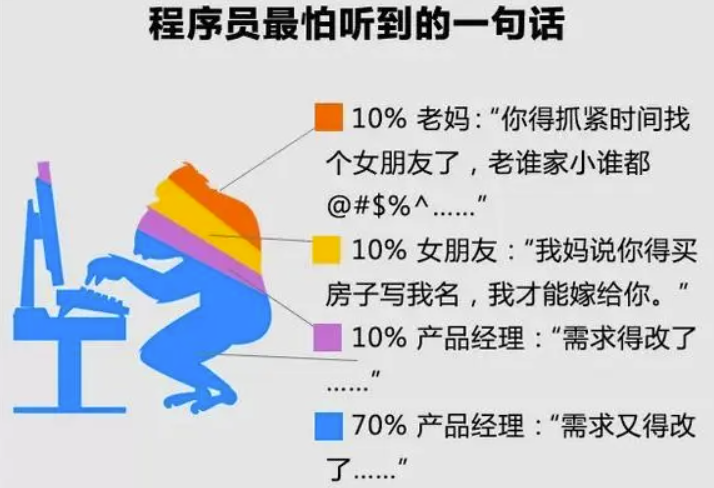The mechanisms of qualitative, semi-quantitative, and quantitative analysis in AES are based on the emission of characteristic wavelengths of light by excited atoms in a sample. These emissions are generated when the sample is exposed to a high-energy plasma or electric discharge.
Qualitative Analysis Mechanism:
In qualitative analysis, the emitted light is used to identify which elements are present in the sample. The mechanism involves exciting the atoms in the sample using an energy source such as a plasma torch or electrical discharge. This excitation causes electrons in the atoms to jump from their ground state to higher energy levels. When these electrons fall back down to their original energy level, they release energy in the form of photons of light with specific wavelengths that correspond to each element present.
The wavelengths of these emitted photons are detected by a spectrometer and compared to known atomic spectra for identification purposes.
Semi-Quantitative Analysis Mechanism:
In semi-quantitative analysis, the intensity of the emitted light is used to estimate the relative concentration of different elements present in a sample. The mechanism involves exciting the atoms in the sample as described above and measuring the intensity of their respective emission lines using a spectrometer.
Calibration curves are constructed using standard samples with known concentrations of each element. The intensity of each line from an unknown sample is then compared to this calibration curve to estimate its concentration relative to those standards.
Quantitative Analysis Mechanism:
In quantitative analysis, accurate concentrations for each element present in a sample are determined by measuring its absolute intensity using appropriate calibration standards. The mechanism involves exciting the atoms in a similar manner as described above and recording their absolute emission intensities using a spectrometer.
A calibration curve is constructed using standard samples with known concentrations of each element. By comparing an unknown’s emission intensities against this calibration curve, one can accurately calculate its concentration.
Overall, AES provides valuable information about elemental composition and can be applied qualitatively or quantitatively, depending on the desired information. The mechanisms of analysis depend on the intensity and wavelength of emitted light from excited atoms in a sample.




















